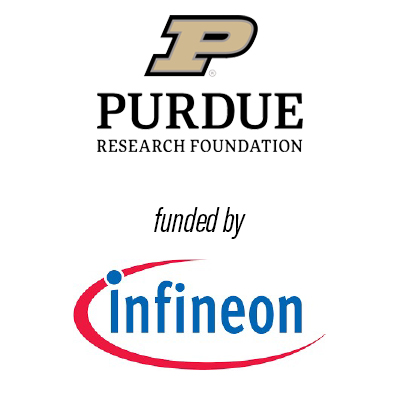The tap water that goes to everyone's home has chemical contaminants in it, including PFOA compounds and pharmaceuticals. Deactivating these carcinogenic and mutagenic is an important step in the water treatment process to improve the health of the population. Using UV light and TiO2, as much as 80% of these harmful chemicals can be deactivated from the water. Our team's goal is to have a scalable working model that will be suitable for industrial uses and Residential uses. Before Thanksgiving there will be three or four working models that need to be coated in TiO2. Once that is done, the models will all be tested and have water samples sent out to know how much of the contaminants were deactivated with standard filtering cycle counts. After Christmas break the data will be reviewed to decide which model deactivates most contaminants the fastest and is the simplest. Once the final design is chosen it will need to be improved, fully modeled, made to look professional and further tested. The scale model will need to flow so that the water, UV light and TiO2 are in contact for half a second and have a flow rate of 2.5 GPM. The residential size purification system will be able to deactivate 80% of PFOA compounds and pharmaceuticals at a rate of 10 GPM. The residential scale system aims to be the size of a water softener, so two feet by two feet by four feet tall. The industrial scale purification system will be able to deactivate 80% of PFOA compounds and pharmaceuticals at a rate of 30 million gallons (about 113562300 L)/day.
The tap water that goes to everyone's home has chemical contaminants in it, including PFOA compounds and pharmaceuticals. Deactivating these carcinogenic and mutagenic is an important step in the water treatment process to improve the health of the population. Using UV light and TiO2, as much as 80% of these harmful chemicals can be deactivated from the water. Our team's goal is to have a scalable working model that will be suitable for industrial uses and Residential uses. Before Thanksgiving there will be three or four working models that need to be coated in TiO2. Once that is done, the models will all be tested and have water samples sent out to know how much of the contaminants were deactivated with standard filtering cycle counts. After Christmas break the data will be reviewed to decide which model deactivates most contaminants the fastest and is the simplest. Once the final design is chosen it will need to be improved, fully modeled, made to look professional and further tested. The scale model will need to flow so that the water, UV light and TiO2 are in contact for half a second and have a flow rate of 2.5 GPM. The residential size purification system will be able to deactivate 80% of PFOA compounds and pharmaceuticals at a rate of 10 GPM. The residential scale system aims to be the size of a water softener, so two feet by two feet by four feet tall. The industrial scale purification system will be able to deactivate 80% of PFOA compounds and pharmaceuticals at a rate of 30 million gallons (about 113562300 L)/day.

